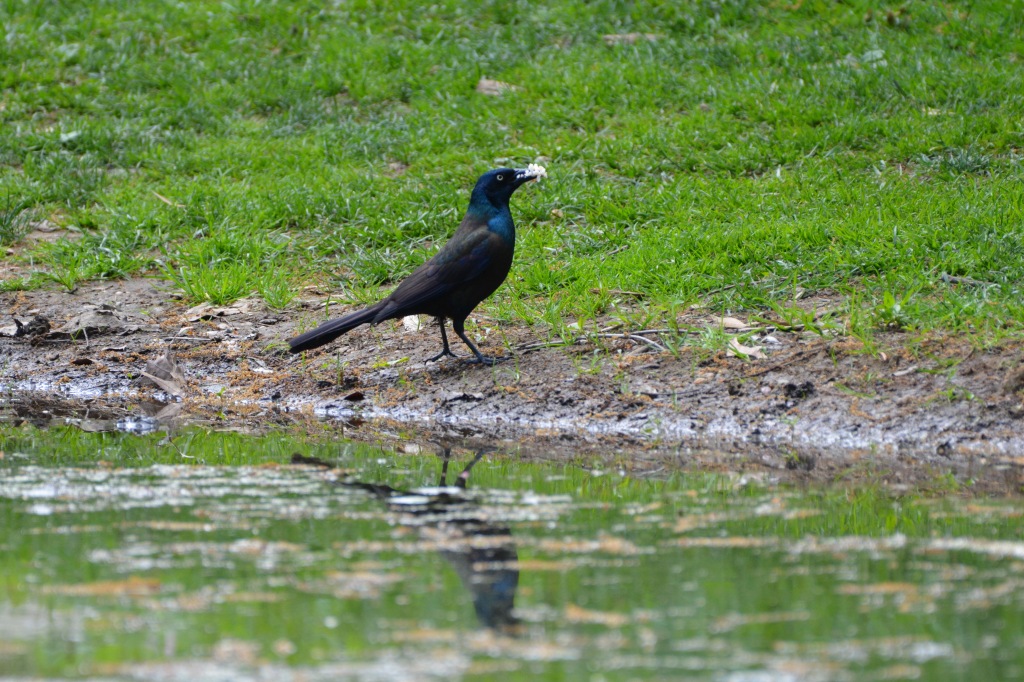
This is a common moorhen, or Gallinula chloropus. It’s also known as “swamp chicken” and “waterhen”, though the latter of the two might cause some confusion when compared to the watercock. Watercocks are not the male versions of waterhens, but actually a completely different, albeit somewhat related, species.
Photo taken: Apr. 21, 2022




